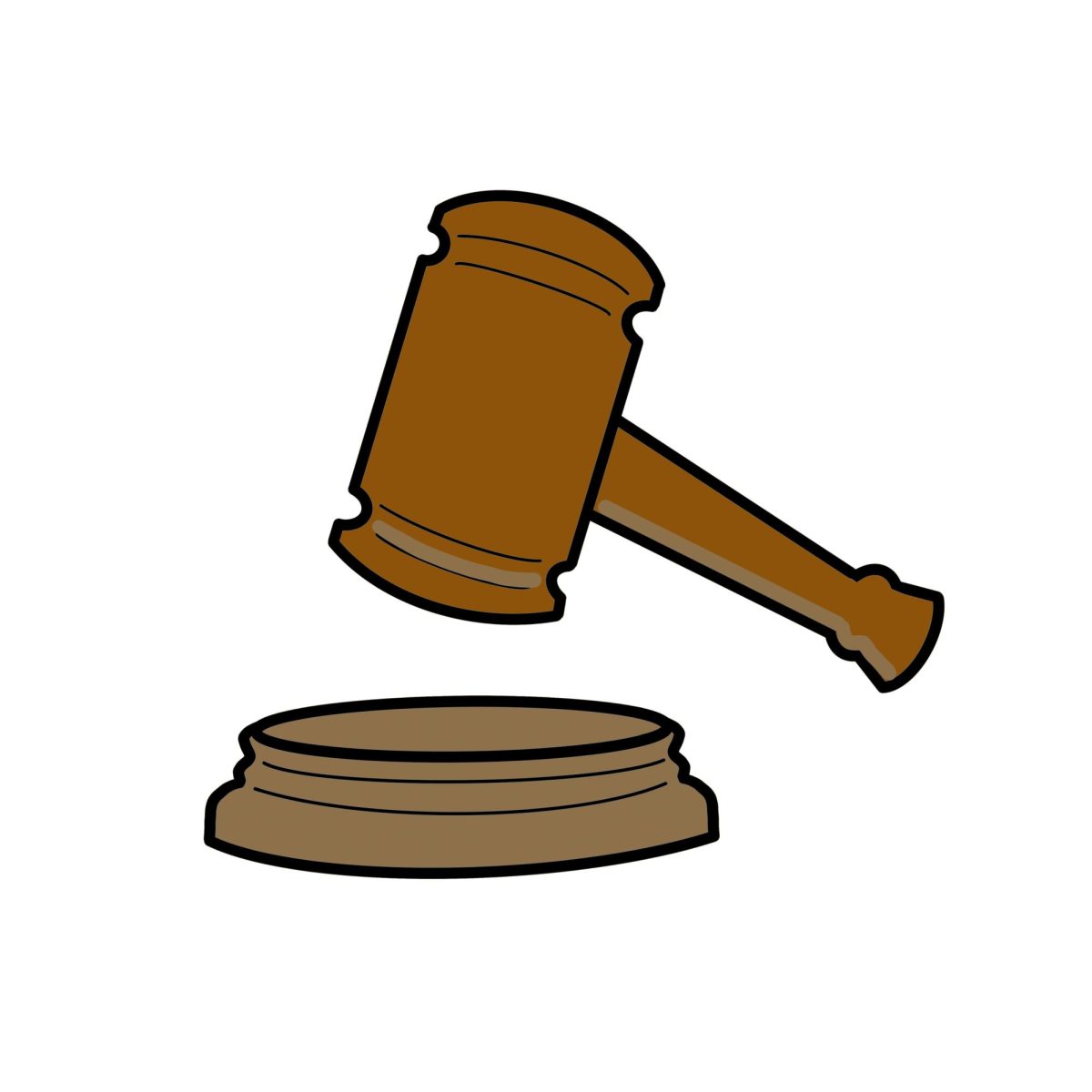The Supreme Court, as designed by the Constitution, was envisioned to be an impartial guardian of the people and their constitutional rights; it has historically been used as the last line of defense against government overreach, guarding civil rights and liberties, thereby leading to its characterization as an institution meant to uphold democracy. However, over the past several decades, the Court has undergone a seismic shift, not in structure but in character, where the men and women that compose it have moved further and further right into ultra-conservative territory. This transformation, accelerated by Republican Presidents from Nixon all the way to the current president, Donald J. Trump, has fundamentally altered the legal landscape in America, restricting civil liberties, undermining voting rights, and creating precedents that will harm Americans for generations to come.
The courts’ shift toward conservatism can be traced back to the resignation of Chief Justice Earl Warren in 1969. Warren and his court were known for progressive rulings that protected civil rights and created precedent and policy that helped Americans, such as the landmark rulings in Brown v. Board of Education and Miranda v. Arizona, which desegregated schools and further provided defendants with protected rights. However, since his departure and the subsequent appointment of Warren Burger by President Nixon as Chief Justice, the ideological transformation of the court began, and it has continued through President Trump who appointed three conservative justices, namely Brett Kavanaugh, Amy Coney-Barrett, and Neil Gorsuch, which helped transform the current Supreme Court into a 6-3 conservative supermajority.
This conservative stronghold on the court has had sweeping consequences throughout its tenure. In the past few years alone, the justices have delivered a series of rulings that have fundamentally reshaped American society, stripping away rights and protections that have long been considered concrete law. In Dobbs v. Jackson Women’s Health Organization, the court overturned Roe v. Wade, which had been precedent for over 50 years. They thereby eliminated the federal right to abortion, thus allowing states to create arbitrary laws restricting abortion and criminalizing reproductive healthcare options regardless of public and scientific consensus about the issue.
The Dobbs decision, authored by Samuel Alito, was justified using an outdated model of judicial interpretation known as originalism, used by conservative judges to justify bigoted rulings, according to the American Civil Liberties Union (ACLU). This model of thinking has been used in countless previous rulings by the court that have affected Americans in numerous ways and could easily be applied to other fundamental rights, such as access to contraception, same-sex marriage, and even free speech and protection from discrimination, according to legal scholars from the ACLU (aclu.org). The consequences of this ruling were immediate and devastating as more than a dozen states implemented near total abortion bans regardless of circumstance, which, in essence, forced women to travel across state lines for medical care or carry unwanted and even dangerous pregnancies to term.
Beyond reproductive rights, the Court has actively dismantled voting rights protections, making it easier for Republican lawmakers to pass laws that suppress voter turnout, particularly among Black, Latino, low-income, and other marginalized communities. In Shelby County v. Holder, the court struck down key provisions of the Voting Rights Act, including but not limited to removing federal oversight of election laws in states with histories of discrimination. The Brennan Center for Justice found that in the wake of this ruling, “…at least 29 states have introduced nearly 100 laws restricting voting access” (brennanccenter.org). These laws disproportionately impact marginalized communities and enable voter suppression tactics that make it harder for millions of Americans to participate in elections, thus skewing election results in favor of Republicans, whose constituencies are not affected by these policies due to their inherent privilege.
Adding to the concerns of the court’s rulings and policies is the ethical crisis surrounding the justices composing the court themselves. Justice Clarence Thomas, one of the longest-serving conservative justices, has been involved in scandal after scandal, characterizing him as one of the most corrupt figures in American politics. He has been involved in multiple sex scandals and received undisclosed and unreported luxury gifts, donations, and vacations funded by billionaire conservative donors like Harlan Crow in exchange for alleged political favors and/or opinions. ProPublica’s investigation into Thomas’s financial dealings revealed that he “failed to disclose gifts for decades, which raises serious questions about his impartiality” (propublica.org). Despite Thomas’s actions being far from seldom in the court, the Supreme Court remains the only branch of government without a formal ethics code, allowing justices to wield immense power with little to no oversight or accountability.
The Supreme Court’s conservative dominance has already reshaped the nation in countless and almost irreparable ways, but the long-term consequences could be even more severe than what has already happened. With Justices like Clarence Thomas and Samuel Alito nearing retirement, President Trump will likely appoint their replacements. This means he would have now appointed 5/9 justices on the court, giving him a majority of justices completely loyal to him. Which, in essence, would give him complete judicial as well as executive power in government. Trump very well can solidify his ideals of ultra-conservatism in the Supreme Court for decades, ensuring that right-wing legal

